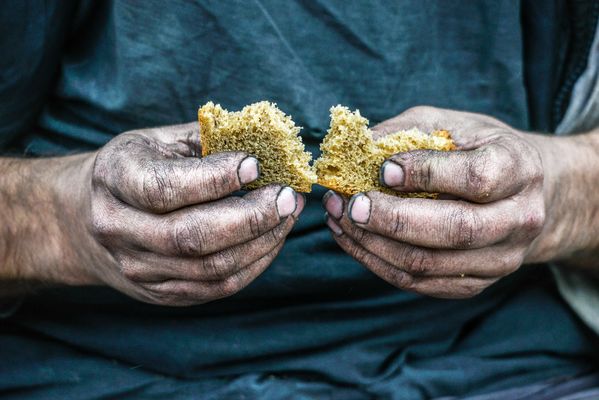3.2.3
Role of Charities
Charities and the Poor Laws in Tudor England
Charities and the Poor Laws in Tudor England
Over the Tudor dynasty we can see a gradual shift in attitudes towards paupers. In the 15th century, all poor were seen as a threat to society. By the 17th century, the State was beginning to assume responsibility for looking after the ‘deserving’ poor.


Charities
Charities
- Charity had traditionally been the main source of support for the poor.
- People began to understand that paupers were not to blame for their own poverty.
- Charities and almshouses to assist the poor became more common.
- But during this period, charity donations by the rich became insufficient (not enough) for dealing with the problem.


Poor Law, 1552
Poor Law, 1552
- A new Poor Law was passed in 1552. Parishes had to raise money to look after the deserving poor (those too old, too young or too ill to work).


Poor Law, 1563
Poor Law, 1563
- In 1563, Elizabeth I's government tried to reduce the number of roaming paupers. It passed the Statute of Artificers which intended to make apprentices stay for seven years.
- The Poor Law was rudimentary and many people did not believe there was much of a difference between the impotent poor (those unable to work) and idle poor (those able to work).


Poor Law, 1572
Poor Law, 1572
- The Poor Law in 1572 let local officials raise money from local people to help the poor.
- The ‘Act for setting the poor on work’ was passed in 1576, which made local authorities responsible for poverty in their local area.
- Research was done to see which cities had best dealt with the problem of poverty. The Privy Council used this research to shape national laws.


Poor Law, 1601
Poor Law, 1601
- In 1601, the Poor Law was the first law taxing the wealthy to pay for the care of the poor who could not work. This included:
- The helpless poor (sick and old).
- The able-bodied poor, who needed to work to get food.
- The idle poor, who were sent to the House of Correction.
- The law had an effect in some areas, but was not enforced in other areas. Some historians argue that local authorities tried to force paupers away so they did not have to deal with them.
1Monarch & Government
1.1Tudor Monarchs
1.2Changing Role of Parliament
1.3Principal Servants to the Crown
2Religious Changes
2.1Tudor Monarchs & Religious Change
2.2Catholicism & Survival
2.3Protestantism & Puritanism
3State Control & Popular Resistance
3.1Tudor Control of the Country
3.2The State & the Poor
4Economic, Social & Cultural Change
4.1Patterns of Domestic & Foreign Trade
4.2Changing Structure of Society
5Historical Interpretations
5.1Significance of Threats to National Security
5.2Court Politics
5.3Elizabeth & Parliament
5.4Social Distress in the 1590s
Jump to other topics
1Monarch & Government
1.1Tudor Monarchs
1.2Changing Role of Parliament
1.3Principal Servants to the Crown
2Religious Changes
2.1Tudor Monarchs & Religious Change
2.2Catholicism & Survival
2.3Protestantism & Puritanism
3State Control & Popular Resistance
3.1Tudor Control of the Country
3.2The State & the Poor
4Economic, Social & Cultural Change
4.1Patterns of Domestic & Foreign Trade
4.2Changing Structure of Society
5Historical Interpretations
5.1Significance of Threats to National Security
5.2Court Politics
5.3Elizabeth & Parliament
5.4Social Distress in the 1590s
Unlock your full potential with Seneca Premium
Unlimited access to 10,000+ open-ended exam questions
Mini-mock exams based on your study history
Unlock 800+ premium courses & e-books